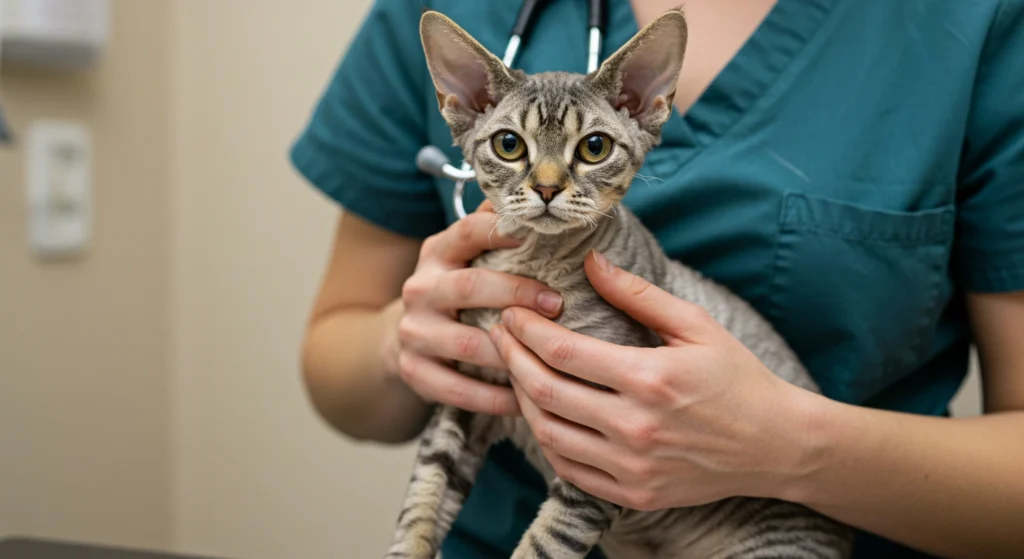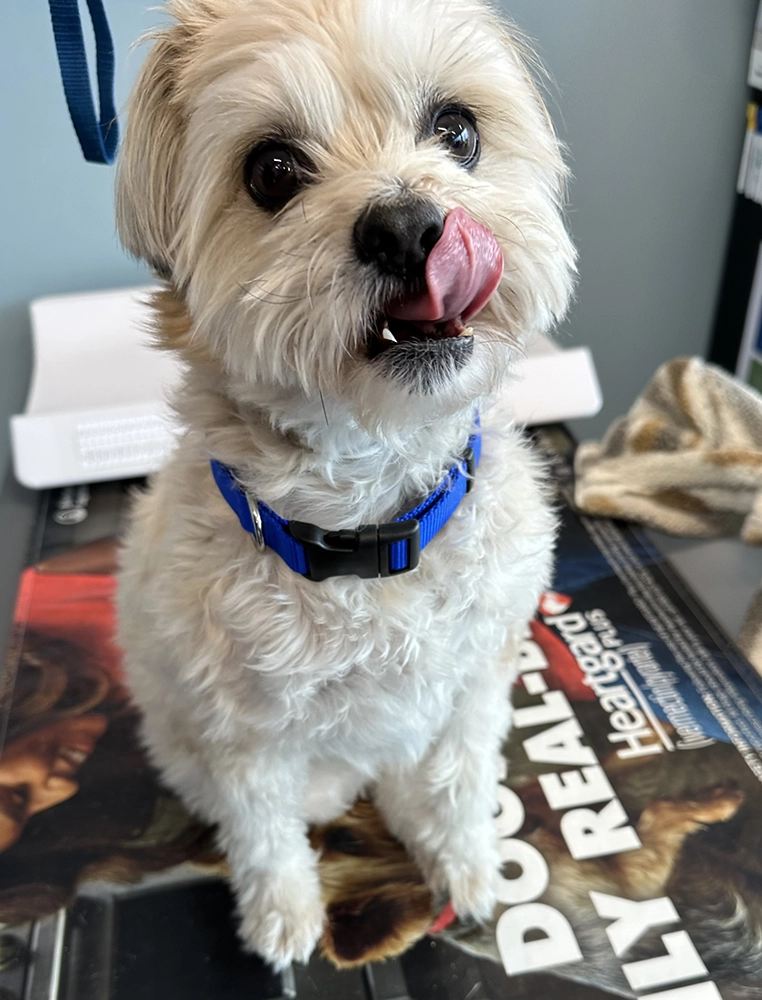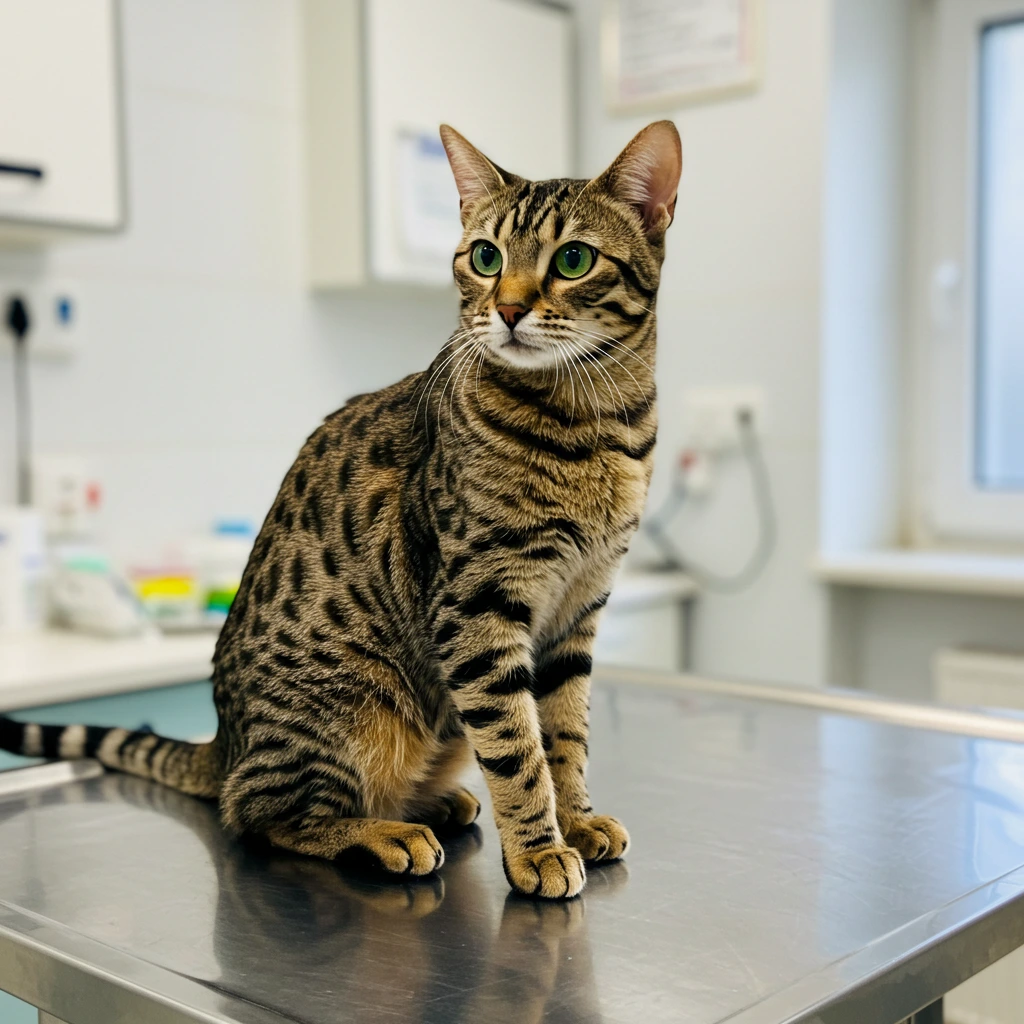

Every pet owner’s worst fear is a beloved pet going missing.
What to Expect When Your Pet Gets Microchipped
Our veterinarians recommend that most puppies and kittens receive a microchip during one of their wellness appointments. A pet microchip is implanted just beneath the skin between your pet’s shoulder blades using a syringe applicator; no anesthesia is required. Once in place, the microchip is ready to be scanned by a veterinarian, animal shelter, or rescue organization.
Each pet microchip contains a unique identification number that is linked to your contact information in a secure database. When a lost pet is scanned, this number helps reunite them with their family quickly and safely. Unlike collars and tags, which can wear out, fall off, or become illegible over time, a microchip provides a lifelong, tamper-proof identification method.
One major benefit of microchipping is peace of mind. Pet owners know that their pet can be identified even without a collar. A microchip significantly improves the chances of your furry companion making it home safely if they ever wander away or get lost due to an unexpected situation, such as a storm or an open gate. Shelters and veterinary clinics across the country have universal microchip scanners. They use these scanners so that any microchipped pet brought in can be properly identified and reunited with their owner.


A microchip is only as effective as the information attached to it.
At easyvet Katy, we take care of registering your pet’s microchip with HomeAgain®, a national pet recovery database.
Once your pet is microchipped, you will receive an account with HomeAgain®. It is important to keep your contact information updated in case you move, change phone numbers, or transfer ownership of your pet. If your pet ever goes missing, you can report it right on their website. Many lost pets end up in shelters, and having accurate, up-to-date information in the database is what allows you to be contacted right away.
Addressing Common Microchipping Misconceptions
Microchips do not track your pet’s location.
They are not GPS devices but rather a form of identification that works when scanned.
Microchipping is safe and very rarely causes adverse effects.
A pet microchip is encased in a biocompatible material.
Microchips do not require maintenance.
Once implanted, the microchip lasts for your pet’s lifetime and does not need a power source or replacement.
Microchips work across different scanners.
Most shelters and veterinary clinics use universal scanners capable of detecting all major brands of microchips.
Microchipping is not a substitute for a collar and ID tags.
While a microchip provides permanent identification, visible ID tags still play an important role in getting a lost pet returned home quickly, as friendly neighbors or strangers who find your missing pet can read the tags right away.
